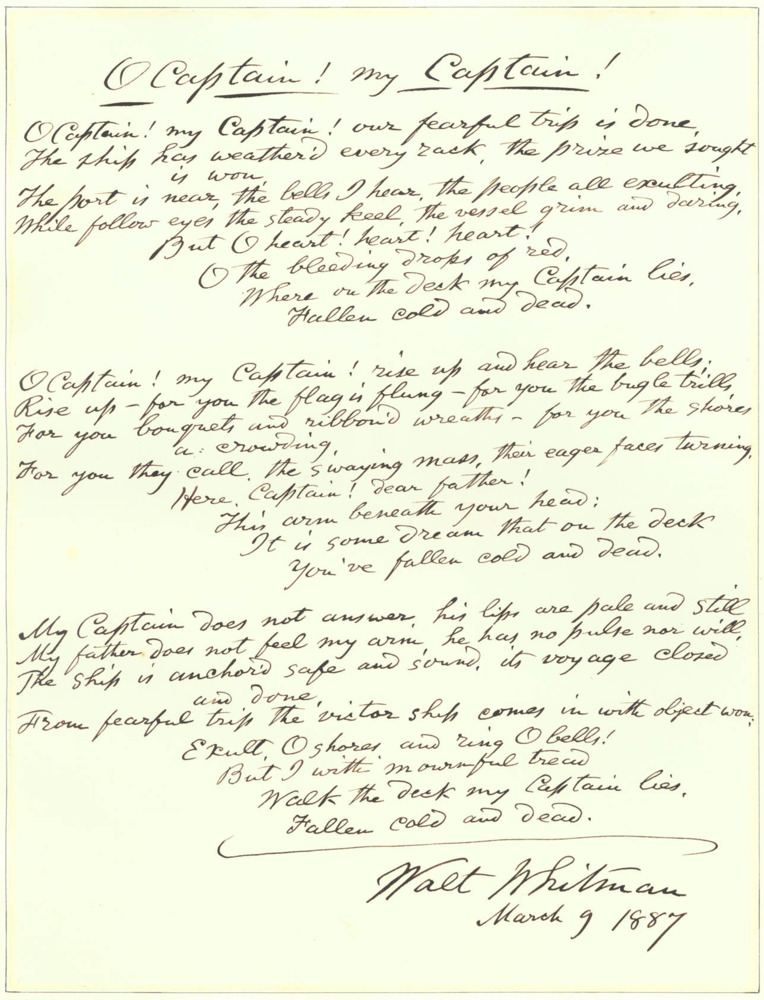In his Michael Ondaatje’s “Well-Told Lie”, Matthew Bolton disagrees with critics like Mukherjee who labels Ondaatje as “race blindness” because he believes that we can’t accuse Ondaatje of making a sacrifice of the authenticity by the usage of a creative form of narration—memory. In other words, there’s no clear boundary between memory and history. The memoir, usually treated as subjective and emotional, is rarely associated with the “real history”, which is always tagged as objective and accurate. Almost everyone who reads a memoir or autobiography has already adopted a stance that the boundary between the personal account and the real history is clear and indisputable; writers who make a connection between them will definitely receive accusations.
Ondaatje, mixing up the limitation mentioned above, creates a new way to accomplish his Running In The Family. In this “historiographic metafiction”, Ondaatje narrates his return to Ceylon to discover the “tracks” of his father as well as the history of his family. The book, in my perspective, is made up of pieces of information, and there are huge gaps between different chapters; in other words, its casual and personal style make it almost unrelated with the “real history” that he seeks for. In fact, Ondaatje may make most of his audiences frustrated because his organization and writing style totally contradicted with their previous recognition of “what a memoir should be” or “what the history is not”. However, it is the exceptional feature of Running In The Family leads us to develop a new conception of the real relationship between memoir and history. The history consists of numerous events, while the writers were subjects and witnesses of the whole bunch of incidents; in other words, it is quite difficult to tell the boundary between a personal account and the real history, that is, the memoir is not the just memoir but a part of history. Moreover, I believe that the former sometimes can be more accurate than the latter because most authors who compose the history materials that today treated as indestructible Bible haven’t experienced what they write about. In this case, our reliable access may come from people who are “real memory owners”. Moreover, it could be even worse if the authors are controlled by the ruler, like what happened to the incomplete or extinct records related to the Insurgency in 1971 in Ceylon. Without the account from Ian and those unbroken spirits who actually experience the Insurgency, People will never get to know about the real history that the ruler tries to cover.
I remember last time when we talked about the Cultural Revolution from1966 to 1976 in China, my grandmother sighed with grief because she viewed it as a nightmare. She still remembers that working as one of the Red Guards whose mission was to protect the country and our president, she rushed into the house of landlord and destroyed the kitchen with the spade in order to find out those “hidden treasure” underground. She also witnessed how many historic attractions were destroyed without any reason at that time. When I sat in front of her and listened to the account, I suddenly realized that I was discovering the history rather than a memory. My grandmother has a strong feeling towards the revolution because she experienced it. However emotional her memory could be, it’s the product of real history and experience. Rather than being limited to a bunch of boring references, we could find more than we want through the subjective but reliable memory. It is the emotion makes audiences like us have the chance to touch the real history by ourselves with no intervention.
In The Lover, Marguerite Duras employs her memory of her pubertal love with a Chinese guy to illustrate people’s life and social classes in Vietnam, where was still a colony in the 20th century. Although always considered as an autobiography, The Lover shows the audiences not only a personal love story but also the reality behind the impossible love. Here, Marguerite uses the first person “I” to tell us her experiences, memories and feelings as a pubescent girl who almost lost in love. By connecting these subjective pieces together, she accomplishes a “memoir”, which is filled with her own life and seems like has nothing to do with the historic background at that time. However, readers can clearly receive the information of the related social conduct, traditions or ideologies. With the use of narrating the reality beneath the love story, Marguerite successfully shows that the history consists of memory, and that makes the memoir no longer just a memoir itself.
What we cannot deny is that nowadays the main source for people to look up for history is a bunch of serious and scholarly bibliographies. But with the appearance of historiographies such as Running In The Family and The Lover, we can also explore another kind of history through these personal accounts. Taking the same position as the writer and acting as a witness of the writer’s surroundings and experiences, we can easily get the perceptive comprehension about what was actually going on at that given time. As my classmate Zach suggested in class, the history which is visible may not be true. Similarly, I want to argue that just like “what we think of the memoir is not the real memoir”, what we think of the history is not always the authentic one, and we need some emotional accounts to make it complete. For example, if people are willing to learn more about the First Nation people in Canada, they need to read memoirs of the First Nation writers rather than the current writers or mass media, who can be seen as winners and are capable of distorting the real history which we are looking for.
Concisely, the memoir cannot be treated as history, but the history without the account like memoir will definitely be incomplete.
Thanks for reading 🙂


Recent Comments